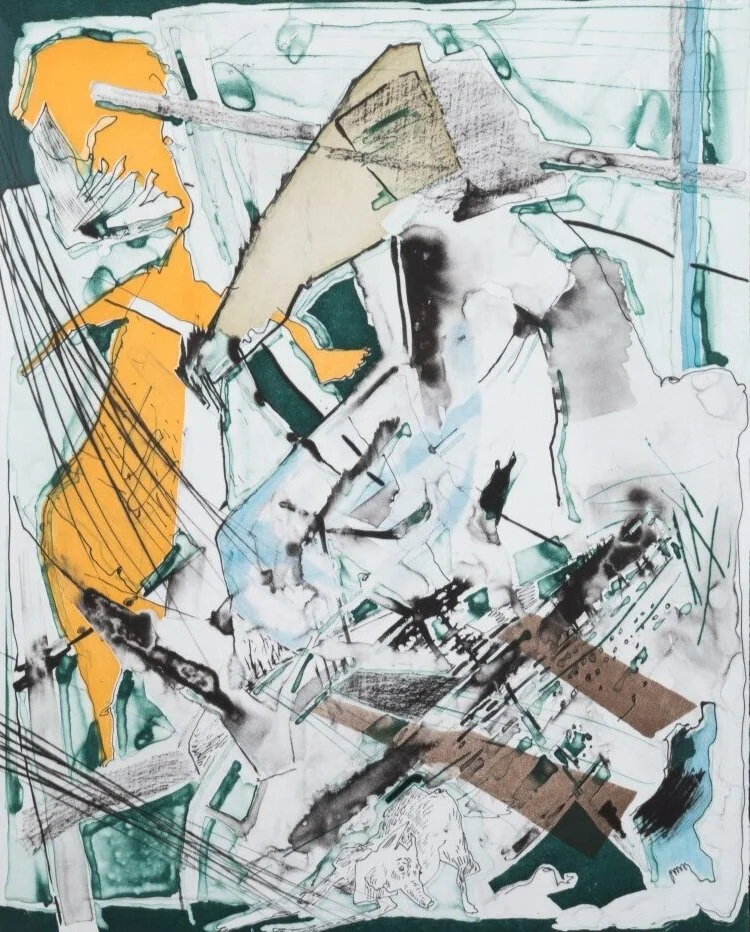Staff's Choice: "Olivia" by Alice Neel
/Alice Neel, Olivia, 1980, Silkscreen, Gift of Hamilton Art & Frame Gallery, Polk Museum of Art Permanent Collection 1997.16
One of my absolute favorite works in our collection is “Olivia” by Alice Neel. Ever since I was in college, Neel herself has been one of my favorite artists, so this should seem fitting. I saw a retrospective exhibition of her art at the Whitney Museum while back home in New York City the summer after my freshman year (an impressionable time, if any) and was mesmerized by the emotional and intellectual truth conveyed in her work. It is an exhibition that has stuck with me for two decades now. I remember vividly all of the works showcased in it (especially Neel’s 1970 painting of Andy Warhol, another favorite artist of mine, in which the Pop artist appears unusually exposed, literally baring the scars in his torso from his gunshot wounds).
I realize, looking back now, why I always go back to Neel and that show: I love those artists, in particular, whose styles are inimitably and unmistakably theirs. You KNOW a Neel when you see one. Neel (1900-1984) studied her sitters intensively, and by pairing their portraits — which look like they have been dashed off in a hurry (although they were not) or left unfinished (they are not) — with mostly blank, vacant backgrounds, she forces the attentive viewer to focus on the figures themselves.
I am a pushover for anything that reveals the artist’s hand and deft skills of draftsmanship. That Neel’s manner — as seen in “Olivia” — entails swooping loose lines and results in completed works that resemble sketches or studies is right up my alley.
While the modernist in me likes to see the artist’s process, the humanist in me craves what we can extract from each figure’s comportment. What is the psychology underlying those parted lips, the slight turning away of the eyes, and the casual “unposed” pose, here, of Neel’s granddaughter Olivia? There is so much for each viewer to READ individually in Neel’s portraits. The psyches of her sitters are just as essential as their representations.
Throw in the startling fact that the Spanish Harlem-based Neel was virtually unknown throughout her career, and you get a now-renowned master artist of whom most have still never heard.
And for those reasons and more (and I could go on and on), I believe “Olivia,” a showcase of Neel’s incomparable talent, is a prize of our collection.
Written by Dr. Alex Rich, Executive Director and Chief Curator


